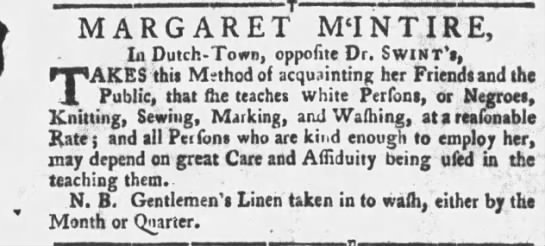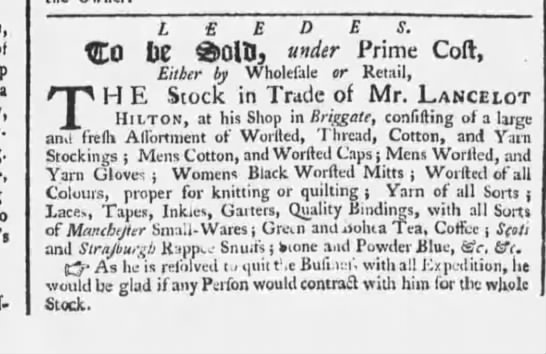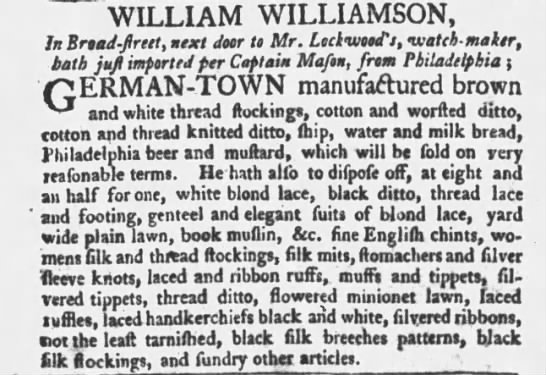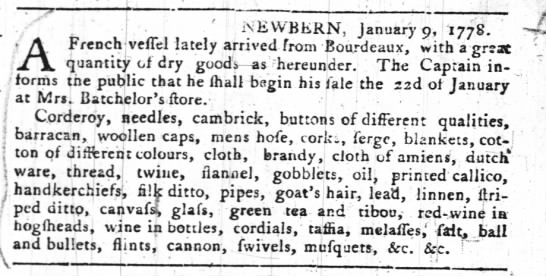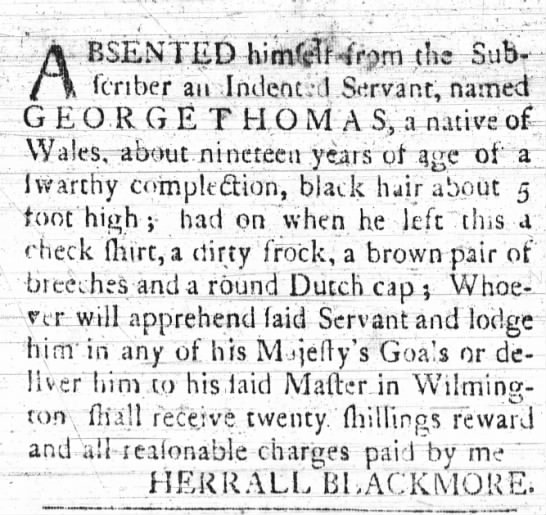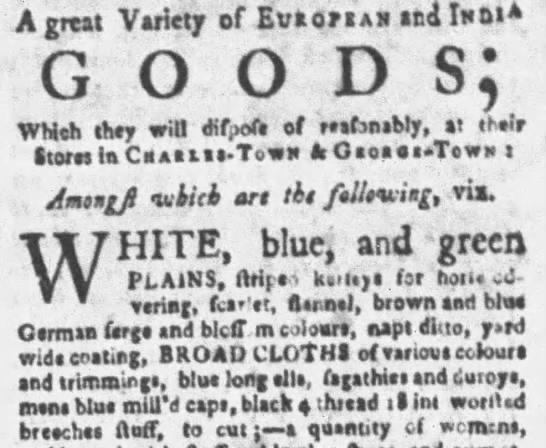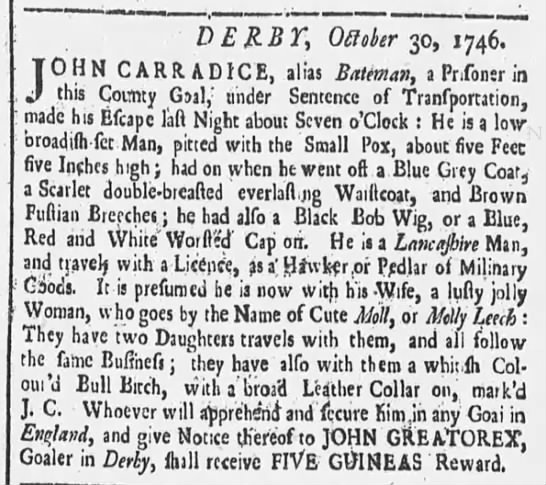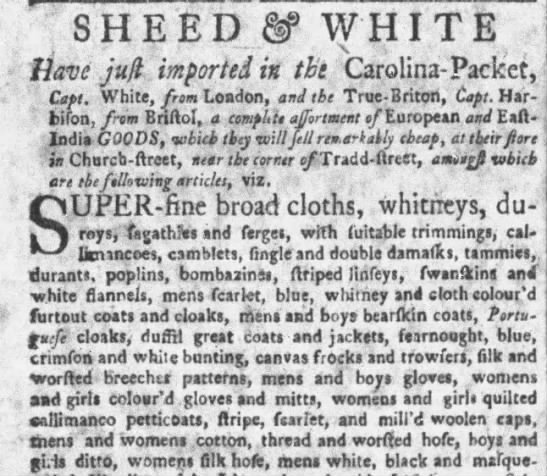Recently I had a chance to look back at some genealogy work that I had done. This time trying to find inventory records of my female ancestors which in some cases is hard to do. Out of all my Germanic relatives, I have a
sliver of ancestors who lived in the Colonies during the 1600 and 1700s. So I had this brainy idea to compare my New England relatives with my southern ones, the ones living in Virginia mostly. Needless to say if you are looking for Massachusetts records, good luck. I found most of my records available in Connecticut via Ancestry.com. So without finding any Virginia relatives records (at this current time), I am going to compare a couple of Connecticut inventories with some North Carolina inventories by years.
We are starting with Susannah Knowlton Olcutt who dies in East Haddam, Connecticut in 1754 - she is my 8th great grand aunt. So finding this inventory made me super happy. Her husband, Cullick Olcutt (my uncle) died in 1732 right before the birth of their last son Benjamin.
In 1754, she leaves her three children her worldly possessions, Thomas, Benjamin and Hannah. Ironically, her daughter does not receive the bulk of her clothing, only a few items.
Thomas receives the following clothing items: one silk crape frock; and one blew (blue) shaloon quilt (quilted petticoat?) and one Black bonnet.
Benjamin receives one pare of stays and one gown and one pare of gloves and one white Holland apron; one lutestring hood, one piece of green plain cloth and one piece of black and blue plain cloth and one little trunk and one fan and six Holland caps … one linnen patecoat (petticoat).
While Hannah Olcutt Fisher only receives one linen shift and two woolen westcots (waistcoats); two aprons and two linen caps.
The items were appraised per the law direct in 1754. The quilted petticoat, gown and bonnet was appraised at 3 pounds;18 shillings. And then other items such as the stays, quilt, one cote, aprons, shifts, waistcoats, handkerchiefs, silk hood are all listed and appraised.
___________________________________________________________________________________
Then we look at the inventory of Hannah Charles of Perquimans County, NC. Her probate is processed in 1753. Not much is known about her but what makes her interesting is that she has jackets listed in her inventory. It is a possibility that she was a Quaker since there were a large contingent of Quakers living in northeast North Carolina in the early 1700s.
 |
| Estate Record of Hannah Charles, Perquimans County NC 1753 |
Hannah has 1 old camblet mantle, 1 old woolen jacket, 5 homespun petticoats, 1 cotton jacket, 2 pare of stockings, 1 stuff quilted petticoat, 3 homespun petticotes, 2 garlicks shifts, 6 aprons, 4 fine caps, 1 check'd handkerchief, a half yard of homespun, 1 pare of pockets, (further down) a pocket, 1 pormester hat, 1 basket and then finally 1 pair of linen gloves.
The thing to notice are two things, one the presence of jackets and the lack of bonnets in Hannah's estate. The jackets are found in Quaker inventories in the northeastern part of North Carolina. The lack of a bonnets strikes me but bonnets are found in the Carolinas. Interestedly enough she has a a pormester hat which I am guessing is a straw or wool hat.
___________________________________________________________________________________
Now we go back to Connecticut to look at the estate of Dr. Samuel Ely of Durham, CT; he dies in 1755. Within his estate there are several pieces of women's clothing. As much as we would like to only look for women's estate records, in many cases, we need to look at the spouses' estate records as well. This is a possible relative but haven't been able to track down for certain.
 |
Estate of Dr. Samuel Ely of Durham, CT, December 24 1755
|
 |
| Estate record of Dr. Samuel Ely of Durham, CT 1755 |
I love the variety of clothing listed in this inventory. His wife was Sarah as listed in a previous document. More than likely she died shortly before he did.
1 pair of stays which was worth 1-6-8 (1 pound, 6 shillings and 8 pence) those are some expensive stays in the 1750s. But we will look at those again in a little bit after doing a little bit of digging.
1 silk crape gown; 1 black and white chintz gown, 1 calico gown, 1 striped gown, 1 pr women's stockings, 1 pr ditto; 1 green skirt; 1 red cloak, 1 velvet hood, 1 muslin apron; 3 shifts; 1 lawn handkerchief, 1 holland ditto; 1 pair ruffles; 1 lawn cap; 1 lawn cap; 2 caps; 2 cap ribbons; 1 pr shoe buckles; 1 fan; 1 silk damask blanket; 1 pair gold jewels (earings?); 1 gold ring.
What I like about her inventory is the variety of gowns listed. Silk, chintz, calico and a striped gown of unknown fabric more than likely linen I am guessing. Also we see lawn being used as a textile for handkerchiefs, caps and then a muslin apron. Little bits and pieces of textiles being used to elevate a person's status. Not insanely rich but well off nonetheless.
Here is another version of the items listed in the inventory from another document. It is attached to Dr. Ely's will. Which I find interesting is that the stays are valued at a much lesser price of 26/8 (26 shillings, 8 pence). Also listed is what looks like a "hat" listed right before the lawn handkerchief. This item was missing from the previous inventory taken. And the striped gown is identified as being linen which helps us understand Mrs. Samuel Ely's wardrobe.
___________________________________________________________________________________
Back in North Carolina....this time we examine the inventory of Widow Rachel Mugaridge of New Hanover County from 1759. More than likely, she lived in or near Wilmington, North Carolina. Here we see bed gowns and a "check" bonnet listed among other items. "Check" bonnets seem to definitely be a unique item in North Carolina. The only other place that I have found "check" bonnets listed is in Maryland, (1750s-60s) in runaway advertisements. I have yet to find "check" bonnets mentioned anywhere else.
 |
| Inventory of Widow Rachel Mugaridge, New Hanover County, North Carolina 1759 |
What I find interesting about here inventory is that variety of clothing listed. A silk gown, a calico gown along with 2 bedgowns. Could the bedgowns considered a lesser item or a dress down item from the gowns, possibly. Also are the "quilts" quilted petticoats? They are listed alongside the "under petty coat", which again....what does that mean?
___________________________________________________________________________________
 |
| "Connecticut Journal" January 26, 1770 page 4 |
Here we see an advertisement for the estate of Sarah Granger, late of New Haven, Connecticut in 1770. Again, a possible relative but haven't tracked her down yet. Her inventory is interesting because we find a few things...
Above we see one stript gown old; one short gown? ; one quilt old shalloon? ; one quilt flannel old?; 2 old caps; one old sheet wore out and --- old check linen apron.
Then on the 2nd page we see one old black silk hood and one old short cloak. I would categorize her as a lower class person. Her total estate was only worth 14 pounds. What I find interesting is you don't see stays, shoes, shifts, hats or anything extra in her wardrobe. I am guessing she was more than likely she was buried with them.
___________________________________________________________________________________
Next we examine the estate records of Sarah Wilson of Bertie County, North Carolina. The inventory of goods and chattel were taken on March 20th 1770. I had recently found this inventory while looking through some other records. Bertie County is located in northeast North Carolina and was established as a county in 1739.
Her inventory is interesting because she has 2 bonnets, a "permeter" hat, "shift's cloth" and a variety of other things too. Of her bonnets, she has a white and a black bonnet listed. Would the white bonnet be used in the summertime while the black bonnet is used during other times of the year?
I like that the handkerchiefs are mentioned as either silk or just handkerchiefs. You wonder if those 5 handkerchiefs were printed in some manner or not. Again, another jacket is listed in her inventory. I do not know if Sarah was a Quaker or maybe some other ethnic group. More to look into I suppose. I love her inventory, I just wish there was more descriptions of her gowns and clothing but alas it's another story to look into.
___________________________________________________________________________________
And then my final inventory...Beluah Holmes of Woodstock, Connecticut. She dies in 1778. She was only 48 years old when she passed. Her wardrobe is amazing. She never married and her mother Hannah had died the previous August. Again another possible relative but haven't traced it down for certain. What I love about her inventory is the variety of clothing and that she has "short" gowns listed in her inventory but yet she is 48 when she passes away. So does the rule that "short" gowns are only found on younger women seems a little bunk.

She has 2 short gowns listed - a linen and a striped short gown. Again she is no spring chicken but what do short gowns exactly mean in the 1770-80s? More goodies to dive into such as she has quilted petticoats, brown mitts, linen gloves, a black silk bonnet, cotton and linen stockings, and then the waistcoats. Were the waistcoats used for informal wear like around the house instead of wearing stays? She has 2 waistcoats and then a striped woolen waistcoat but she does have 1 pair of stays.
Oh her gowns.....
1 crimson silk & worsted; 1 purple and white chintz; 1 double wrapping? gown; 1 brown camblet gown; 1 white corded dimmothy (dimmty) gown. What shocks me the most is that her cambrick apron was worth 42p which is almost the same price as one of her gowns. I just love this inventory. So many ideas for a woman to wear in New England in the late 1770s.
Looking at inventories always gives me ideas for my impression. Maybe I will recreate some of the items listed in the estate records of my relatives as my way of honoring them. I am really loving the purple and white chintz gown....(Ideas are brewing).......
Thanks again for checking out my blog. Till next time. Keep researching and always ask questions!
















